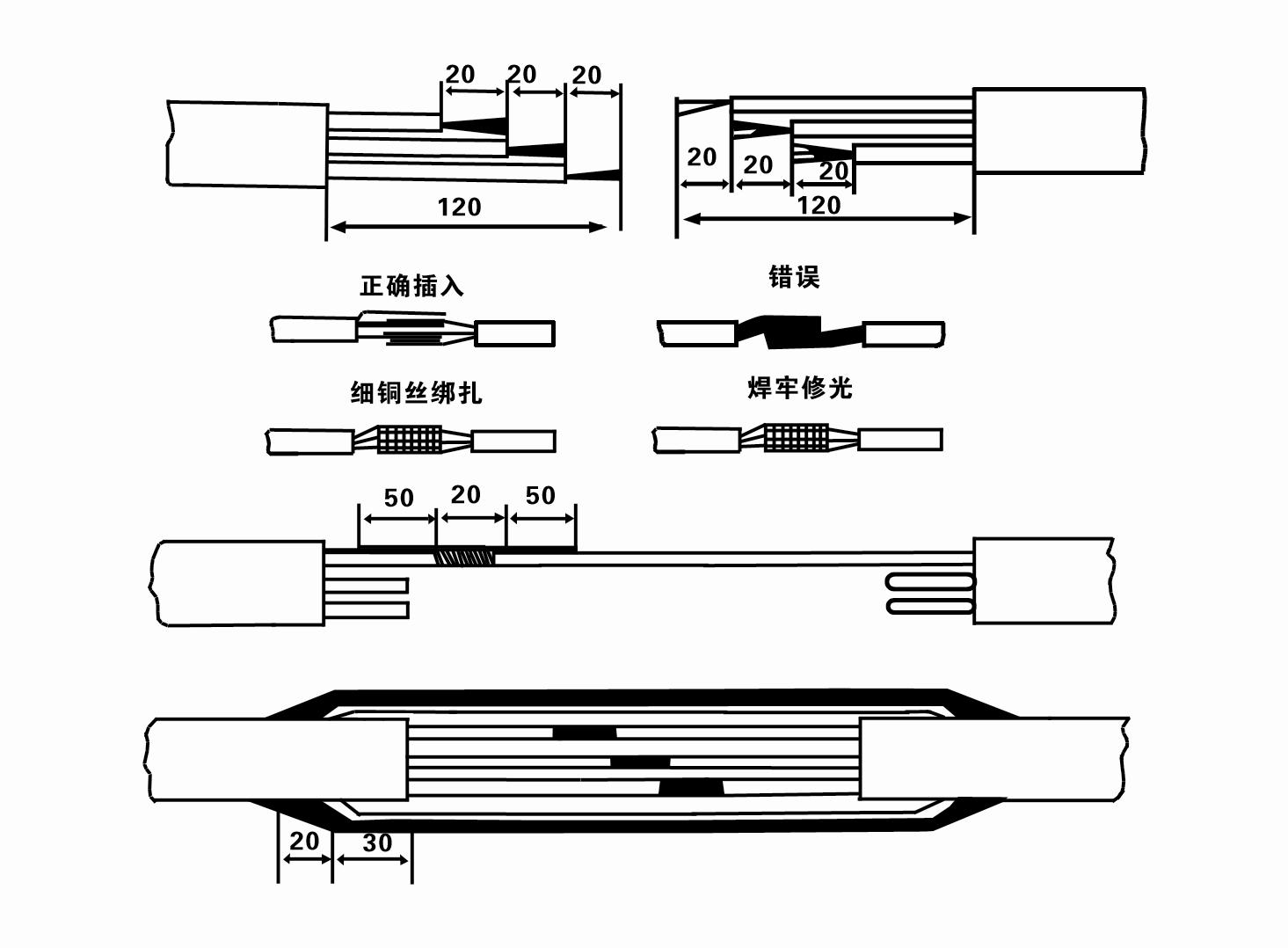Nov . 12, 2024 00:49 Back to list
dry run submersible pump
Understanding Dry Run Submersible Pumps A Comprehensive Overview
Submersible pumps are vital components in various industrial and residential applications, primarily designed to operate underwater. However, one of the significant threats to the efficiency and longevity of these pumps is dry running. Dry running refers to the operation of a pump without adequate liquid to cool and lubricate its components. This phenomenon can lead to severe operational challenges and the potential for substantial damage. In this article, we will delve into the implications of dry running in submersible pumps, the causes, preventive measures, and best practices for ensuring optimal performance.
What is Dry Running?
Dry running occurs when a pump operates without sufficient fluid intake. For submersible pumps, which are typically submerged in water or other liquids, this usually indicates a failure in maintaining the necessary fluid level. When a submersible pump runs dry, it can cause the motor to overheat, leading to failure of the mechanical seals and impeller. This situation often results in catastrophic damage that may necessitate costly repairs or replacement.
Causes of Dry Running
Several factors can lead to dry running in submersible pumps
1. Low Water Levels Natural evaporation, drought conditions, or water extraction can lower the water level beyond the pump’s operational range.
2. Mechanical Failures Issues such as blockages in the intake screen or plumbing, or wear and tear in pump components can impede proper fluid flow.
3. Installation Errors Incorrect installation may position the pump at a level that is too high, preventing adequate fluid supply.
4. Power Failures In some cases, if the pump loses power, it may not be able to restart automatically, leading to prolonged dry running conditions.
5. Sensor Malfunctions Missing or malfunctioning level sensors can fail to provide adequate monitoring, resulting in unintentional dry runs.
Consequences of Dry Running
The consequences of dry running can be severe
. The immediate effects includedry run submersible pump

- Overheating Without liquid to dissipate heat, pump components can overheat, risking damage to the motor and seals.
- Mechanical Damage Prolonged dry running can degrade essential components, such as impellers and volutes, leading to a loss of efficiency and increased energy consumption.
- Total Pump Failure If the situation is not rectified swiftly, dry running can result in complete pump failure, requiring costly repairs or even replacement.
Preventive Measures
To avoid the hazards associated with dry running, implementing preventive measures is crucial
1. Regular Monitoring Install float switches or level sensors that can automatically shut off the pump when water levels drop below a specified point.
2. Routine Maintenance Conduct regular maintenance checks to ensure that all components are functioning correctly and that there are no blockages in the system.
3. Correct Installation Ensure that the pump is installed at the appropriate depth and that all fittings are secure to prevent air locks.
4. Backup Systems Consider installing a backup pump or a secondary water source to provide redundancy in case of primary pump failure.
5. Operator Training Educate personnel about the importance of monitoring water levels and the signs of a malfunctioning pump.
Conclusion
Dry running in submersible pumps is a significant issue that can lead to mechanical failures and costly repairs. By understanding the causes and consequences of this phenomenon, as well as implementing appropriate preventive measures, operators can significantly enhance the reliability and longevity of their submersible pumping systems. Emphasizing maintenance, proper installation, and monitoring can mitigate the risks associated with dry running, ensuring that these crucial devices operate efficiently and effectively in their designated roles. In a world where water management is becoming increasingly critical, safeguarding our pumping systems is paramount.
-
Submersible Water Pump: The Efficient 'Power Pioneer' of the Underwater World
NewsJul.01,2025
-
Submersible Pond Pump: The Hidden Guardian of Water Landscape Ecology
NewsJul.01,2025
-
Stainless Well Pump: A Reliable and Durable Pumping Main Force
NewsJul.01,2025
-
Stainless Steel Submersible Pump: An Efficient and Versatile Tool for Underwater Operations
NewsJul.01,2025
-
Deep Well Submersible Pump: An Efficient 'Sucker' of Groundwater Sources
NewsJul.01,2025
-
Deep Water Well Pump: An Efficient 'Sucker' of Groundwater Sources
NewsJul.01,2025
-
 Submersible Water Pump: The Efficient 'Power Pioneer' of the Underwater WorldIn the field of hydraulic equipment, the Submersible Water Pump has become the core equipment for underwater operations and water resource transportation due to its unique design and excellent performance.Detail
Submersible Water Pump: The Efficient 'Power Pioneer' of the Underwater WorldIn the field of hydraulic equipment, the Submersible Water Pump has become the core equipment for underwater operations and water resource transportation due to its unique design and excellent performance.Detail -
 Submersible Pond Pump: The Hidden Guardian of Water Landscape EcologyIn courtyard landscapes, ecological ponds, and even small-scale water conservancy projects, there is a silent yet indispensable equipment - the Submersible Pond Pump.Detail
Submersible Pond Pump: The Hidden Guardian of Water Landscape EcologyIn courtyard landscapes, ecological ponds, and even small-scale water conservancy projects, there is a silent yet indispensable equipment - the Submersible Pond Pump.Detail -
 Stainless Well Pump: A Reliable and Durable Pumping Main ForceIn the field of water resource transportation, Stainless Well Pump has become the core equipment for various pumping scenarios with its excellent performance and reliable quality.Detail
Stainless Well Pump: A Reliable and Durable Pumping Main ForceIn the field of water resource transportation, Stainless Well Pump has become the core equipment for various pumping scenarios with its excellent performance and reliable quality.Detail
